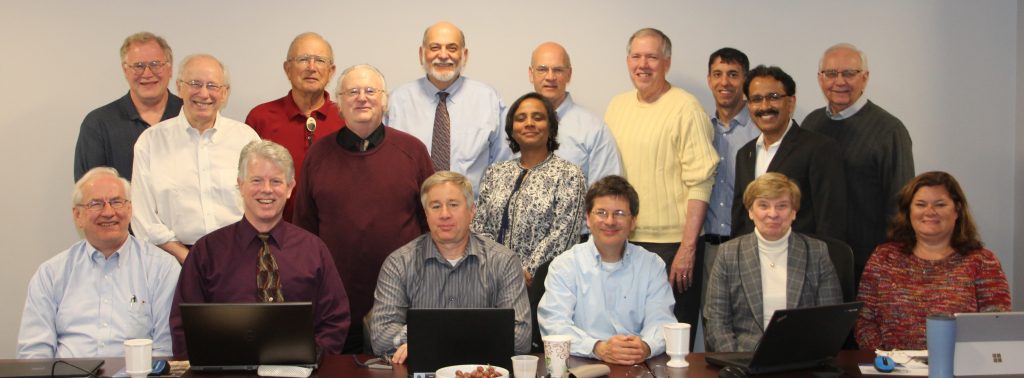
SC Meeting, April 25-26, 2017
L to R / Standing: Charles Chambers, James Smith, Fred Mettler (Chair), John Boice, Donald Miller, Mythreyi Bhargavan Chatfield, Donald Frush, Gary Guebert, Michael Milano, Mahadevappa Mahesh (Co-Chair), Richard Vetter
Seated: Henry Royal, Wesley Bolch, Robert Sherrier, David Spelic, Kathryn Held, Jennifer Elee
Description
Based on the new literature and the updated medical source databases, the Committee will assess the number and types of medical radiation procedures, the average per caput and collective effective doses, and the changes since 2006. An update of at least 10 y will be possible. As done previously, the Committee will use peer reviewed published data, official government data, obtain and analyze data from insurance companies and commercial sources, such as IMV survey data, Medicare files, U.S. Department of Veterans Affairs records, and newly available sources. There will be estimates of effective doses from common procedures as well as from high dose less common procedures. Age at exposure data will be presented where it is available. The Committee will not derive or include organ doses (except as needed for the computation of effective dose) and will not include rare procedures that contribute little to population exposure. There will be no attempt to recommend or rank ways to reduce doses. There will be no attempt to predict the future exposure except to point out obvious current trends.
Goal
To prepare a report to evaluate changes in medical x-ray exposure of patients since NCRP Report No. 160 (2009).
Published NCRP Report No. 184, Medical Radiation Exposure of Patients in the United States (November 15, 2019)
Support
Centers for Disease Control and Prevention
Membership
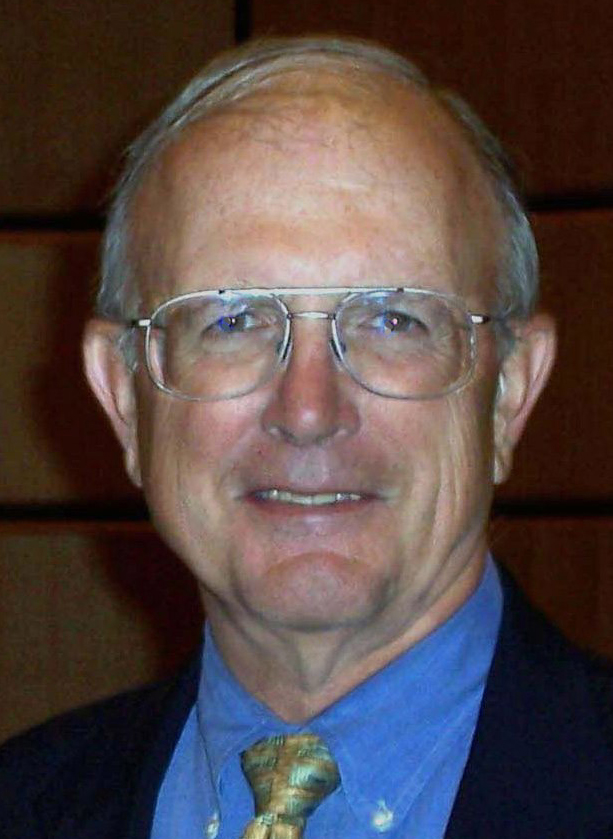
FRED A. METTLER, JR.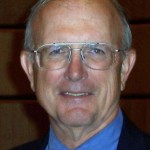 is currently Professor Emeritus and Clinical Professor at the Department of Radiology at the University of New Mexico School of Medicine. He was chairman of the department for 18 y from 1994 to 2003. He is currently in the Radiology and Nuclear Medicine Service at the New Mexico Federal Regional Medical Center. He graduated with a BA in Mathematics from Columbia University and in 1970 he received his MD from Thomas Jefferson University. He performed a rotating internship at the University of Chicago and subsequently completed a Radiology and Nuclear Medicine Residency at Massachusetts General Hospital. He received an MS in Public Health from Harvard University in 1975. He is a fellow of both the American College of Radiology and the American College of Nuclear Physicians. He is board certified in both radiology and nuclear medicine. Dr. Mettler has authored over 360 scientific publications including 20 textbooks, and holds four patents. The books are on Medical Management of Radiation Accidents, Medical Effects of Ionizing Radiation and Radiology and Nuclear Medicine. He was a Scientific Vice President of NCRP and remains a member. He has chaired several committees for the Institute of Medicine/National Research Council and is a member of the Nuclear and Radiation Studies Board of the National Academies. He is also an academician of the Russian Academy of Medical Sciences. Dr. Mettler has been listed in "The Best Doctors in America" since 1994 as an expert in both nuclear medicine and radiation injury. He has been a certifying examiner for the American Board of Radiology for 30 y. He was the United States Representative to the United Nations Scientific Committee on the Effects of Atomic Radiation 28 y. He is an Emeritus Commissioner of the International Commission on Radiation Protection (ICRP). He was the Health Effects Team Leader of the International Chernobyl Project. He has served as an expert on radiation effects and accidents for the Centers for Disease Control and Prevention, the World Health Organization, the International Atomic Energy Agency, the International Agency on Research on Cancer, and for the Costa Rican, Peruvian, Panamanian, Polish governments. He was a co-author of the NCRP and ICRP reports on radiation protection during radiological terrorism and has been a member of multiple subgroups on radiological terrorism for the U.S. Department of Homeland Security. He is currently a health advisor to the Japanese Cabinet for the Fukushima nuclear disaster. |
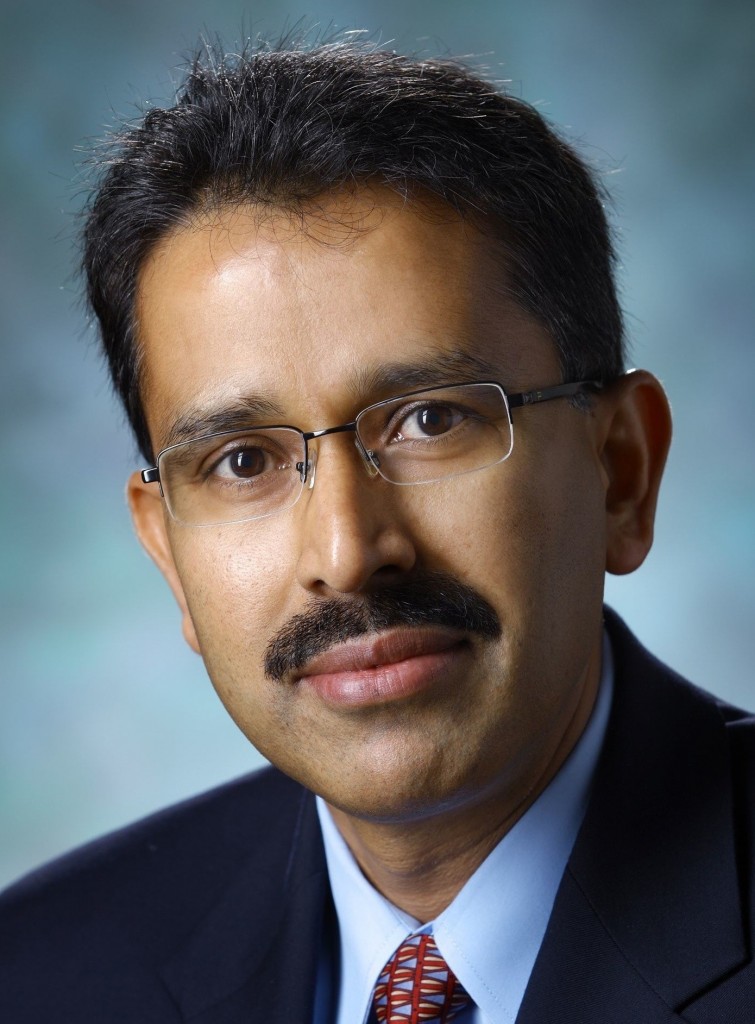
MAHADEVAPPA MAHESH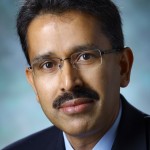 is the Professor of Radiology and Medicine at the Johns Hopkins University School of Medicine, Baltimore, Maryland. He is also the Chief Physicist at the Johns Hopkins Hospital in Baltimore. He is also the Professor of Environmental Health and Engineering at the Johns Hopkins Bloomberg School of Public Health. Dr. Mahesh obtained his PhD in Medical Physics from Medical College of Wisconsin, Milwaukee. Dr. Mahesh is board certified from the American Board of Radiology in diagnostic radiological physics and is a member of the Radiation Control Advisory Board for the State of Maryland. His research interests are in medical imaging, particularly in areas of multiple-row detector computed tomography (MDCT), interventional fluoroscopy, and digital mammography. As chief physicist, he oversees the quality assurance program for the diagnostic radiology that includes maintaining compliance with regard to state and federal regulations and ensuring safe use of radiation to patients. He often provides counsels to patients concerned over their radiation exposure from diagnostic x-ray examinations. Dr. Mahesh is the editor of the Physics Columns (Technology Talk and Medical Physics Consult) for the Journal of American College of Radiology (JACR) since 2007. He is also the Associate Editor of JACR, Deputy Editor for Academic Radiology, Editorial Board Member for RadioGraphics and Radiology journals. He is the Treasurer for the American Association of Physicists in Medicine (AAPM) and board member of the Society of Cardiovascular Computed Tomography (SCCT). He is a fellow of the AAPM (2007), ACR (2009), American College of Medical Physics (2011), and SCCT (2011). Dr. Mahesh has been invited to be the United Nations-International Atomic Energy Agency (UN-IAEA) expert to participate in IAEA activities. Dr. Mahesh is the author of the textbook titled MDCT Physics: The Basics – Technology, Image Quality and Radiation Dose. He publishes and lectures extensively here in the United States and internationally in the area of MDCT technology, radiation doses in medical imaging, and other medical physics areas. Dr. Mahesh is on the NCRP Council and was a member of NCRP Scientific Committee (SC) 6-2 that published NCRP Report No. 160, Ionizing Radiation Exposure of the United States Population. He is the co-chair of NCRP SC 4-9 on Medical Exposure of the U.S. population. |
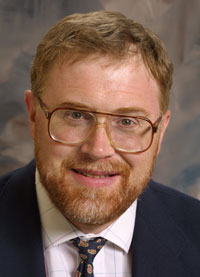
Charles E. Chambers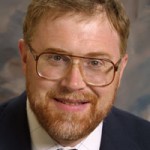
obtained his undergraduate degree at St. Bonaventure, graduated from the University of Maryland Medical School with subsequent training in Internal Medicine at the State University of New York at Buffalo, and Cardiology at the University of Vermont. Since 1987, Dr. Chambers has been on staff at the Hershey Medical Center of the Penn State University College of Medicine where he has been Director, Cardiac Catheterization Laboratories since 1994, and Professor of Medicine and Radiology with tenure since 2002. Dr. Chambers is active in the Society of Cardiac Angiography and Interventions (SCAI), serving as Chairman of the Laboratory Performance Standards Committee, from 2003 and current Chairman of both the Catheterization Laboratory Survey program as well as the Public Relations Committee. He is a prior Board of Trustees member, a recipient of the Mason Sones Distinguished service award, and SCAI representative to the National Quality Forum. In addition to his work with SCAI, Dr. Chambers was a member of the steering committee member for ACC D2B, technical committee member for the ACC Appropriateness Criteria for Revascularization and writing member for the Diagnostic Catheterization Appropriateness Committee, as well as a member for the writing group for both the ACC/AHA/SCAI 2010 Cath Lab Standards and PCI Guidelines Writing Committees. He has authored or co-authored multiple articles and book chapters and currently serves on the editorial board for Catheterization and Cardiovascular Interventions. |

Mythreyi Bhargavan Chatfield is the Executive Vice President of Quality and Safety at the American College of Radiology (ACR) where she oversees the accreditation programs, registries, Appropriateness Criteria, and other quality activities. Prior to May 2010, she was Director of Research at ACR, where she conducted research on socioeconomic topics of relevance to radiology, including monitoring trends in imaging utilization and costs, small-area variations in healthcare use, and racial and ethnic disparities in access to care. |
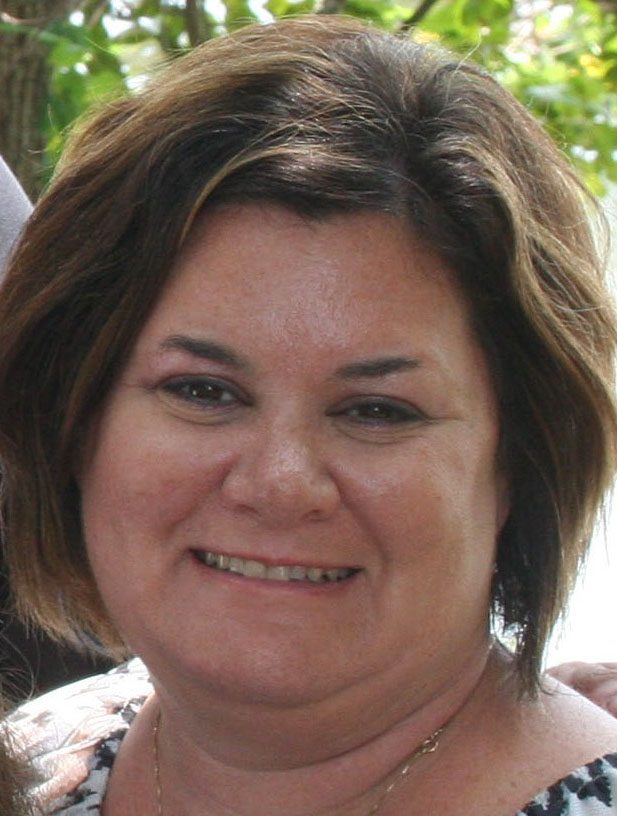
Jennifer G. Elee has been an Environmental Scientist with the Louisiana Department of Environmental Quality for over 20 y. She conducts state inspections of radioactive material licensees, mammography facilities, and x ray registrants. Ms. Elee participates in nuclear power plant exercises and provides support for all radiological emergency response. She provides training for state inspectors and radiologic technologists as needed. Ms. Elee has also been an active member in the Conference of Radiation Control Program Directors for many years and is currently serving on the Board of Directors as a Member-at-Large and is over the Healing Arts Council. |
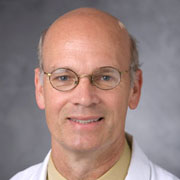
Donald P. Frush is the John Strohbehn Professor of Radiology, and an Associate Faculty Member, Medical Physics Graduate Program at Duke University Medical Center. Dr. Frush earned his undergraduate degree from the University of California Davis, MD from Duke University School of Medicine, was a pediatric resident at University of California San Francisco, completed a radiology residency at Duke Medical Center, and a fellowship in pediatric radiology at Children’s Hospital in Cincinnati. Professional roles included more than 25 y on the Duke Medical Center faculty, with a subsequent nearly 2 y appointment as a Professor of Radiology at Lucile Packard Children’s Hospital at Stanford. He returned to Duke in 2020. Dr. Frush’s research interests are predominantly involved with pediatric body computed tomography (CT), including technology assessment, techniques for pediatric CT examinations, assessment of image quality, radiation dosimetry, and radiation protection and risk communication in medical imaging. Other areas of investigation include CT applications in children and patient safety in radiology. |
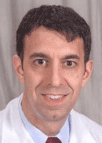
Michael T. Milano
is a board certified radiation oncologist who practices at the University of Rochester Medical Center. He attended the University of Rochester for medical school and graduate school, and holds a PhD in biophysics. His residency training was at the University of Chicago. He is currently a Professor, Director of the Residency Program in Radiation Oncology and Director of the Stereotactic Radiotherapy Program. He has clinical expertise in the radiotherapy of thoracic malignancies as well as benign and malignant tumors of the central nervous system. Dr. Milano’s clinical research has been devoted to investigating the clinical outcomes of patients treated with newer technologies, as well as the treatment of patients with oligometastatic disease. Additional research interests include cancer survivorship, with a focus on second malignancies and late effects of cancer therapy. He has served on committees for the American Society of Radiation Oncology and American Association of Physicists in Medicine. |
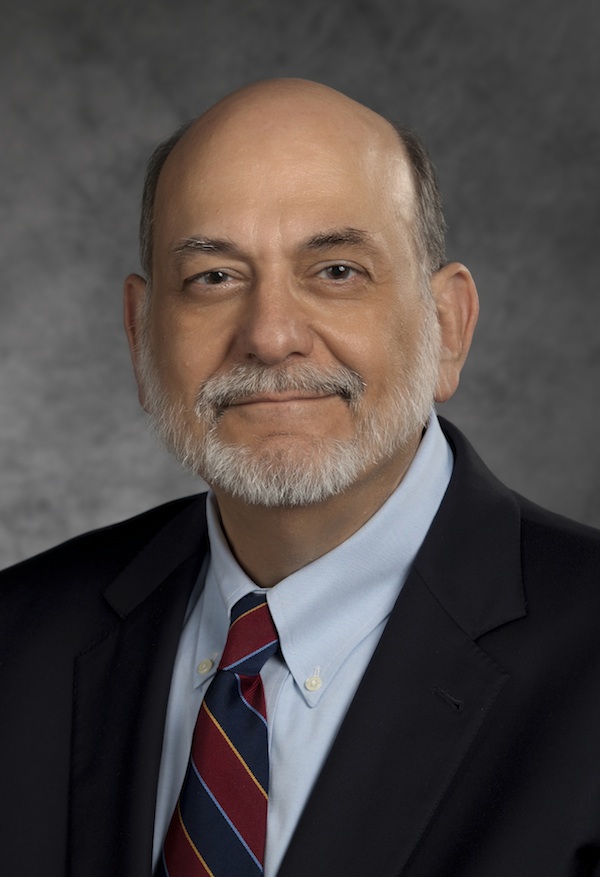
DONALD L. MILLER
Dr. Miller was elected to NCRP in 2006. He currently serves on the Board of Directors and as Chair of Program Area Committee 4 (Radiation Protection in Medicine). He is an author of NCRP Reports Nos. 168, 172, 177, 180, 184, and 185, and Statements Nos. 11 and 13. He served on the International Commission on Radiological Protection (ICRP) Committee 3 (Protection in Medicine) as a member from 2010 to 2013, and as Vice-Chair from 2013 to 2017. He is an author of ICRP Publications 117, 120, 135, and 139. He was Vice-Chair for the U.S. Environmental Protection Administration’s Federal Guidance Report No. 14, is a consultant to the International Atomic Energy Agency, and is a member of the World Health Organization’s Core Group of Experts on radiation protection of patients and staff. Dr. Miller was Professor of Radiology at the Uniformed Services University in Bethesda, Maryland from 1993 to 2012. He has served as Associate Editor of Radiology and the Journal of Vascular and Interventional Radiology and is an author of more than 200 papers in peer-reviewed journals and more than 40 book chapters and reports. He is a Fellow of the Society of Interventional Radiology (SIR) and the American College of Radiology (ACR), and an Honorary Member of both the American Association of Physicists in Medicine and the International Organization for Medical Physics. He chaired SIR’s Safety and Health Committee from 1999 to 2011 and the ACR Guidelines Interventional Committee from 2008 to 2012. His research interests have centered on radiation protection in medicine. |
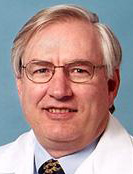
Henry D. Royal
is a professor of radiology at Washington University School of Medicine in St. Louis, Missouri and the Associate Director of Nuclear Medicine at the Mallinckrodt Institute of Radiology. He did his Internal Medicine training at Brown University in Providence, Rhode Island and his nuclear medicine training at Harvard University in Boston, Massachusetts. He was a member of the American Board of Nuclear Medicine from 1993 to 1999 and served as its Executive Director from 2004 to 2014. He was President of the Society of Nuclear Medicine from 2003 to 2004. Dr. Royal was the co-team leader of the health effects section of the International Atomic Energy Agency’s International Chernobyl Project and a member of the Presidential Advisory Committee on Human Radiation Experiments. He has been a member of several National Academy of Sciences committees and was also a member of the Board of Directors of the National Council on Radiation Protection and Measurements from 2000 to 2005. He was a member of the U.S. delegation to the United Nations Scientific Committee on the Effects of Atomic Radiation from 2002 to 2005. Henry Royal was the scientific chair of the Veterans’ Advisory Committee on Environmental Hazards from 2001 to 2010. He is currently serving on the National Academy of Sciences’ Nuclear and Radiation Sciences Board. |
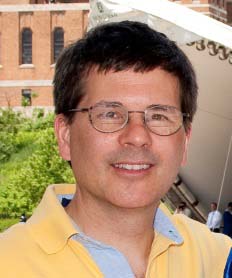
David C. Spelic
Presently Dr. Spelic conducts premarket reviews of diagnostic x-ray devices, and directs most technical aspects of the Nationwide Evaluation of X-Ray Trends (NEXT) program, an FDA collaboration with the Conference of Radiation Control Program Directors to document trends in patient dose and image quality for selected diagnostic x-ray exams and procedures. |

ARMIN ANSARI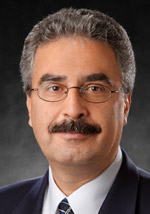 is the Radiological Assessment Team Lead at the Centers for Disease Control and Prevention (CDC) serving as subject matter expert in CDC’s radiation emergency preparedness and response activities. He received his BS and PhD degrees in radiation biophysics from the University of Kansas, starting his career as a radiation biologist, and did his postdoctoral research in radiation-induced mutagenesis at Oak Ridge and Los Alamos National Laboratories. He was a senior scientist with the radiological consulting firm of Auxier & Associates before joining CDC in 2002. He has led the development of key national guidance documents including guides for population monitoring and operation of public shelters after radiation emergencies and a number of training products for public health professionals. He is a past president of the Health Physics Society, adjunct associate professor of nuclear and radiological engineering at Georgia Institute of Technology, member of Georgia East Metro Medical Reserve Corps and Gwinnett County Community Emergency Response Team, and provides consultancy to the International Atomic Energy Agency. Since 2014, he has served as member of the U.S. delegation to the United Nations Scientific Committee on the Effects of Atomic Radiation. He is the author of Radiation Threats and Your Safety: A Guide to Preparation and Response for Professionals and Community, a book specifically directed at audiences without radiation protection expertise. |
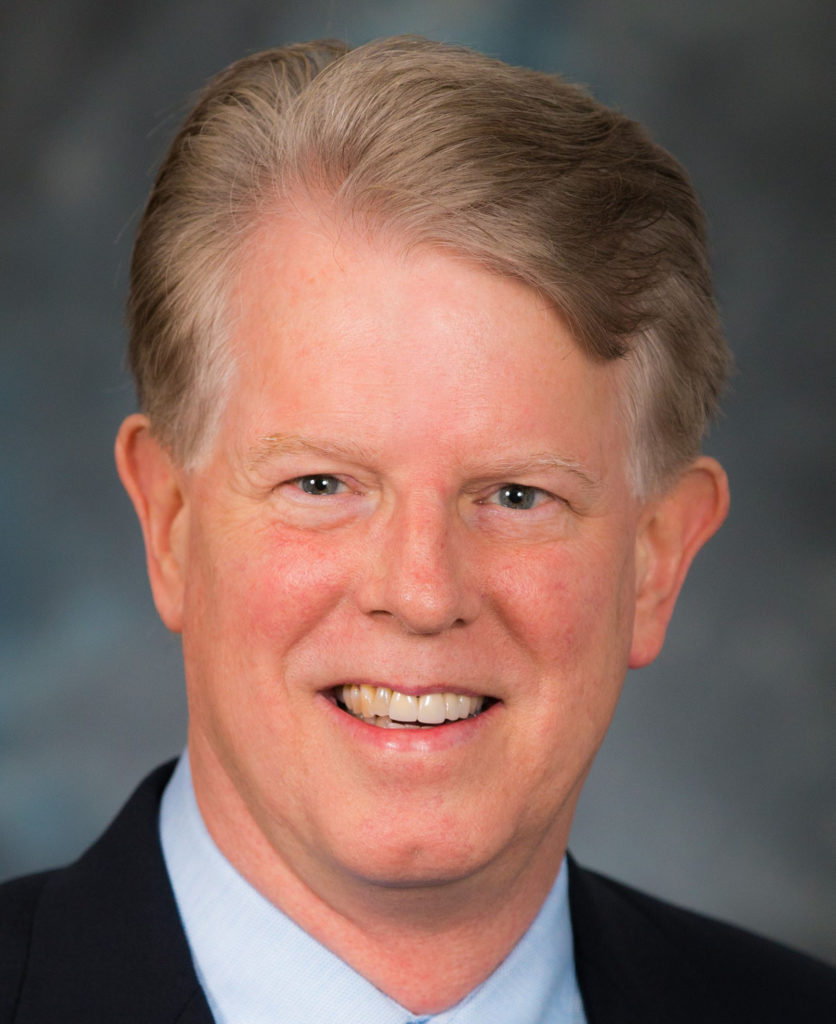
WESLEY E. BOLCH
is Professor of Biomedical Engineering and Medical Physics in the J. Crayton Pruitt Family Department of Biomedical Engineering at the University of Florida (UF). He serves as Director of the Advanced Laboratory for Radiation Dosimetry Studies at UF. Dr. Bolch earned his BSE degree in environmental engineering in 1984, his ME and PhD degrees in radiological physics in 1986 and 1998, respectively, from the University of Florida. He has been certified by the American Board of Health Physics since 1994 and licensed in Radiological Health Engineering by the Texas Board of Professional Engineers since 1992. In 2011, Dr. Bolch was elected Fellow of both the Health Physics Society and the American Association of Physicists in Medicine. He has been a member of the Society of Nuclear Medicine’s Medical Internal Radiation Dose (MIRD) Committee since 1993, a member of NCRP since 2005, and a member of Committee 2 of the International Commission on Radiological Protection (ICRP) since 2005. Within the latter, he serves as C2 Secretary and Leader of the ICRP Task Group on Computational Phantoms and Radiation Transport. He has published over 200 peer-reviewed journal articles, co-authored/edited 14 books/book chapters, and served as author on two NCRP reports, two ICRP publications, and two MIRD monographs. Dr. Bolch has managed a broad research program including (1) National Institutes of Health (NIH) and U.S. Department of Energy funded projects to construct high-resolution models of the skeleton to support dose-response studies in radionuclide therapy and radiation epidemiology; (2) NIH funded projects to develop scalable NURBS-based and voxel-based computational phantoms of adult and pediatric patients and associated software for organ dose assessment in nuclear medicine, computed tomography, interventional fluoroscopy, and radiotherapy; (3) private company funded projects to develop stereotactic kilovoltage x-ray treatments for age-related macular degeneration and glaucoma; and (4) Centers for Disease Control and Prevention funded projects in stochastic modeling of worker inhalation and gamma-ray exposures following radiological accidents and potential terrorist events. He is the recipient of the 2014 Distinguish Scientific Achievement Award by the Health Physics Society acknowledging outstanding contributions to the science and technology of radiation safety. |

Gary M. Guebert earned his undergraduate degree in Biology at Southeast Missouri State University in 1973, prior to attending Logan College of Chiropractic where he received his chiropractic degree in 1980. In 1982, following 2 y of resident training at the Phillip Institute of Technology in Melbourne, Australia, he was awarded Diplomate status by the American Chiropractic Board of Radiology. Dr. Guebert then served as head of the Radiology Department at Texas Chiropractic College from 1983 through 1986 and continues to lecture through the Logan Chiropractic College postgraduate faculty. He currently serves as Director of St. Louis Roentgen Associates, a diagnostic image reading service. The author of numerous articles in the field of radiology, he has contributed two chapters to the text by Yochum and Rowe, Essentials of Skeletal Radiology, published by Williams and Wilkins. Currently, he has produced for Mosby - Year Book, along with Drs. Othel Pirtle and Terry Yochum, Essentials of Diagnostic Imaging, a text for the private practitioner regarding the physics of diagnostic imaging, an approach to obtaining quality radiographs, and radiographic quality control in the private office setting. Dr. Guebert is currently an Assistant Professor of Radiology at Logan College of Chiropractic in Chesterfield, Missouri. |

Robert H. Sherrier
was appointed Chief Consultant, Diagnostic Services in November 2015. Prior to that, he was the Chief of Radiology at the Durham Veterans Administration Medical Center (VAMC) and the VISN 6 Lead Radiologist effective June 22, 2009. Dr. Sherrier served as Acting Chief of Staff at the Roseburg VA Medical Center, Oregon from October 2013 through January 2014. Dr. Sherrier is an Assistant Professor, Department of Radiology at Duke University Medical Center. Prior to serving at the Durham VAMC, Dr. Sherrier was a partner in Boulder Radiologists, Inc., Boulder, Colorado from January 2004 to June 2009. Dr. Sherrier is board certified in Diagnostic Radiology. He specializes in thoracic imaging and interventional radiology. He brings over 25 y of experience both in the business and practice of radiology. He is a member of the Leadership VA class of 2015. He is a graduate of Princeton University, Princeton, New Jersey (1981) and completed medical school at Duke University School of Medicine, Durham, North Carolina (1985). He completed his residency at the Department of Radiology, Duke University Medical Center (1990) where he served as Chief Resident from 1989 to 1990. |

James M. Smith
is a consulting physicist and an adjunct professor at Emory University’s Rollins School of Public Health. He began his career as a research physicist at the former RCA Space Center in Princeton, New Jersey, and later became associate research professor at the University of Utah School of Medicine. He was founding chief of the Radiation Studies Branch at the U.S. Centers for Disease Control and Prevention (CDC), where he also held a Distinguished Scientist appointment. In 1994 he received the U.S. Public Health Service Superior Service Award for establishing CDC as major international focus for radiation studies. Dr. Smith has consulted on nuclear threat countermeasures for the International Atomic Energy Agency in Vienna, the White House Office of Science and Technology Policy, and the G-7 Global Health Security Action Group. He traveled extensively advising public health officials and nongovernmental organizations in the aftermath of Chernobyl and Fukushima nuclear crises. Currently, he is staff consultant to NCRP’s Scientific Committee on Emergency Responder Dosimetry. He received his MS in theoretical physics and PhD in experimental physics from West Virginia University and completed his post-doctoral research at Florida State University’s Institute of Molecular Biophysics. |
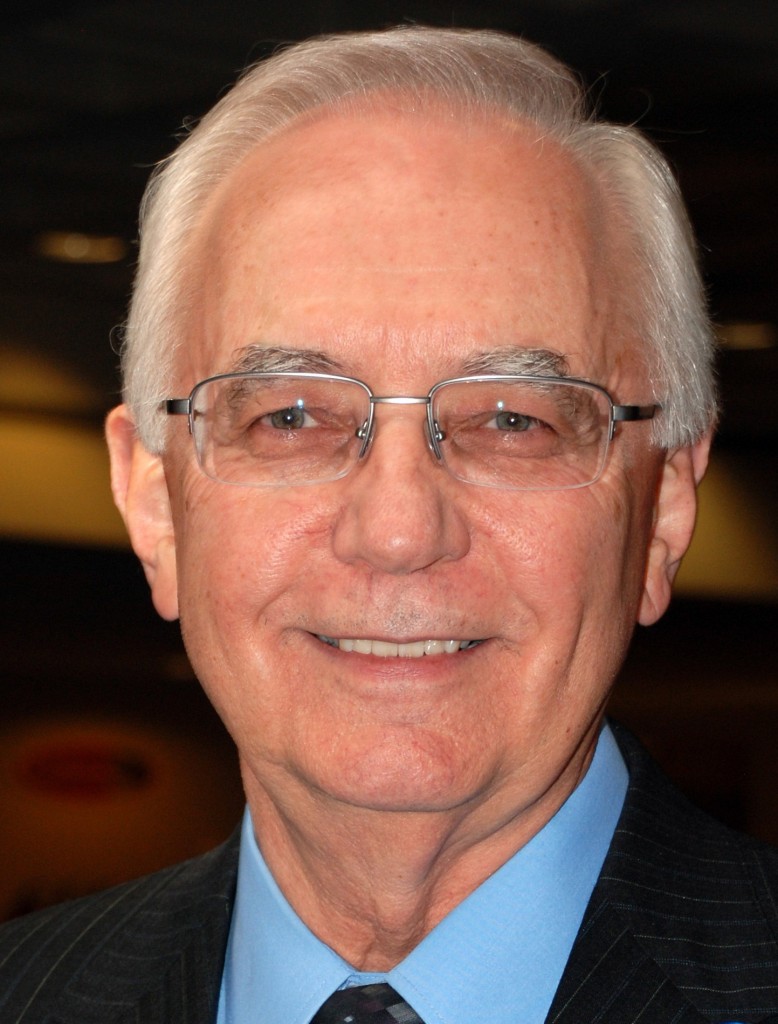
RICHARD J. VETTER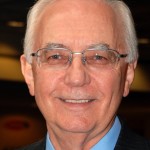 is Professor Emeritus and former Radiation Safety Officer at the Mayo Clinic in Rochester, Minnosota. He received his BS and MS degrees in Biology from South Dakota State University and his PhD in Health Physics from Purdue University. He is board certified by the American Board of Health Physics and the American Board of Medical Physics. He served on the Purdue University faculty from 1970 to 1980 and the Mayo Clinic staff and faculty from 1980 to 2010. Dr. Vetter is a member of the National Academies Nuclear and Radiation Studies Board, the Government Liaison for the Health Physics Society (HPS), and a member of the Executive Council of the International Radiation Protection Association. He is a Fellow of HPS and the American Association of Physicists in Medicine and received the HPS Founders Award. He is past Editor-in-Chief of Health Physics, past president of HPS, past president of the American Academy of Health Physics, and author or coauthor of more than 220 publications, books, book chapters, and other articles. He served as Vice Chair of the U.S. Nuclear Regulatory Commission Advisory Committee for Medical Uses of Isotopes and member of the Radiation Advisory Committee of the U.S. Environmental Protection Agency Science Advisory Board. He served on the Board of Directors of NCRP, Chair of the NCRP Nominating Committee, and Chair of three and member of two NCRP scientific committees resulting in four NCRP reports and one NCRP statement. Dr. Vetter has received outstanding alumnus awards from South Dakota State University, the Purdue School of Pharmacy and Pharmacal Sciences, the Purdue School of Health Sciences, and the Purdue College of Health and Human Sciences. |


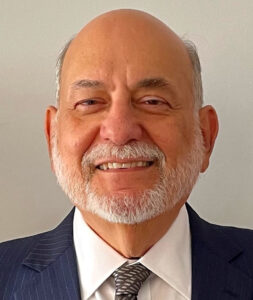 is the Chief Medical Officer for the Office of Radiological Health at the Food and Drug Administration’s (FDA) Center for Devices and Radiological Health. He earned a BA from Yale University and an MD from New York University, and completed a residency in diagnostic radiology and a fellowship in interventional radiology at New York University Medical Center. He is board certified in Diagnostic Radiology and Vascular and Interventional Radiology. Prior to joining FDA, he practiced interventional radiology for three decades at the National Institutes of Health and the National Naval Medical Center in Bethesda, Maryland.
is the Chief Medical Officer for the Office of Radiological Health at the Food and Drug Administration’s (FDA) Center for Devices and Radiological Health. He earned a BA from Yale University and an MD from New York University, and completed a residency in diagnostic radiology and a fellowship in interventional radiology at New York University Medical Center. He is board certified in Diagnostic Radiology and Vascular and Interventional Radiology. Prior to joining FDA, he practiced interventional radiology for three decades at the National Institutes of Health and the National Naval Medical Center in Bethesda, Maryland.  is a physicist with the Food and Drug Administration’s (FDA) Center for Devices and Radiological Health. On his arrival at the FDA in 1994, Dr. Spelic became involved with the Agency’s implementation of the Mammography Quality Standards Act (MQSA), particularly focusing on mammography physics testing and the training of MQSA inspectors.
is a physicist with the Food and Drug Administration’s (FDA) Center for Devices and Radiological Health. On his arrival at the FDA in 1994, Dr. Spelic became involved with the Agency’s implementation of the Mammography Quality Standards Act (MQSA), particularly focusing on mammography physics testing and the training of MQSA inspectors.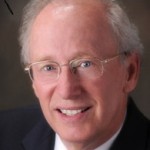
 News & Events
News & Events